Home »
IoT (Internet of Things) Tutorial
IoT Levels and Deployment Templates
In this tutorial, we will learn about the essential components that make up an IoT system and IoT Levels and Deployment Templates.
By Shahnail Khan Last updated : August 16, 2023
The following essential components make up an IoT system:
- Device - IoT devices can detect objects, sense data from a distance, and monitor. They are like the "workers" of the system.
- Resource - These are the software components of IoT devices that perform activities including collecting and storing sensor data, managing connected devices, and allowing network access.
- Controller Service - Think of this as the device's manager. It communicates with web services and transfers data from the device to them. Additionally, it gets instructions from the program to operate the device.
- Database - Database stores the data generated by IoT devices. This database may be local (on the device) or cloud-based.
- Web services -Web services serve as a connection point for IoT devices, applications, databases, and analytic components. They can function like a web page (through HTTP and REST) or in real-time (via WebSocket).
- Analysis Component - This component is in charge of analysing data from IoT devices and presenting the findings.
- Application - IoT applications provide users with an interface for managing and controlling IoT systems. Additionally, they display processed data and system status.
In simplest terms, consider an IoT system to be a team. Devices carry out the real work, resources support them, the controller service manages issues, databases store data, web services link everything together, the analysis component interprets the data, and the application allows you to interact with it all.
IoT Levels and Deployment Templates
IoT Level 1
At this stage, all of the components are deployed locally. This means everything takes place in one place i.e., the user's location. The internet or any other external network is not required. The user has immediate access to sensors, routers, cloud stuff, and the application. This is effective when you just have a small amount of data that doesn't change much. It's like the simple and regular flow of data from a specific set of sensors, occurring all at once.
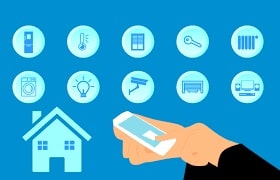
The smart home is a perfect example of Level 1 IoT. It consists of separate, stand-alone linked devices that can be managed and seen via a smartphone app or a central hub, such as smart thermostats, lighting, or security cameras. These devices function separately and do not interact or coordinate with one another, providing basic automation and remote-control features for convenience and energy savings.
IoT Level 2
In IoT Level-2, a single device manages sensing, monitoring, actuation, data processing, and application hosting. The data generated is stored in the cloud and visualization is done through cloud-based applications. A massive amount of data is being generated by numerous ecosystem components at a rapid rate.
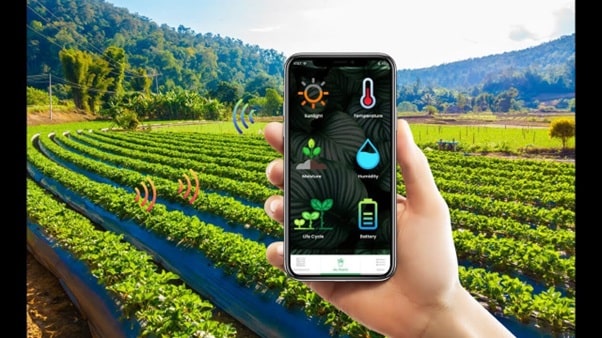
In a Level 2 IoT configuration, such as a smart irrigation system, a single device or controller is in charge of monitoring weather data, controlling irrigation, analysing data, and hosting control applications. The data which is generated by sensors is stored in the cloud and then visualization is done.
IoT Level 3
In Level 3 IoT, a single device manages sensing, monitoring, actuation, and hosting applications. Here, the Data involved is big, so it is stored in the cloud and visualization is done using cloud-based applications. Since the analysis demands significant computational power, t is effectively processed and analysed in the cloud.
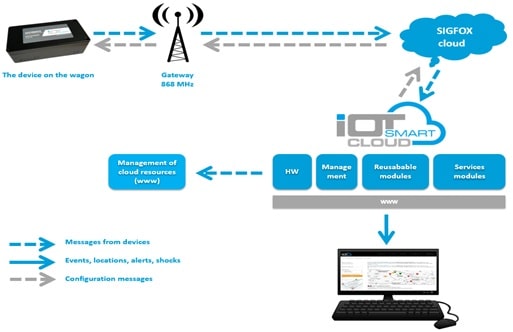
For example, in package tracking systems where large volumes of data require intense analysis, this level proves valuable since it centralizes computational work on the cloud for efficiency.
IoT Level 4
In IoT Level 4, multiple nodes are responsible for sensing, monitoring, actuation, data analysis, and hosting applications. Here also, data generated is stored in the cloud. Data aggregation and analysis are efficiently conducted in the cloud. There are also two observer nodes, one local and one cloud-based, that can subscribe to and receive information from IoT devices in the cloud. These observer nodes can analyse and use this information in different ways.
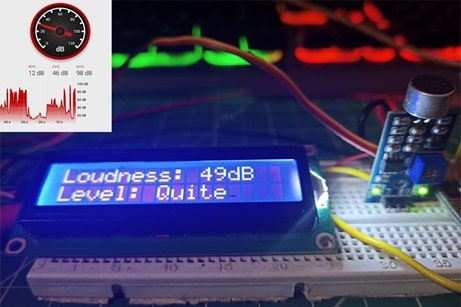
For example, in a noise monitoring system, multiple nodes or devices, such as sound sensors are placed in different locations to detect noise levels. Then the noise data is transmitted to the cloud for storage and processing.
IoT Level 5
A Level 5 IoT, system has several end nodes that are responsible for detecting or actuating tasks, as well as one coordinating node. The end nodes collect data from sensors and the coordinator node gathers this data and transmits it to the cloud. This configuration is ideal for wireless sensor network applications, particularly for handling significant data volumes and challenging computational processing needs.
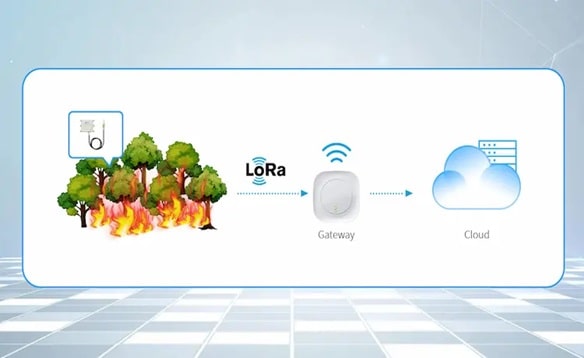
For example, in Forest Fire Detection, nodes /devices detect moisture, temperature, etc. The coordinator node gathers the data and then the data is transmitted to the cloud for storage. Data Analytics can be done to predict the outcome.
IoT Level 6
At Level 6 IoT, multiple independent nodes are responsible for sensing, detecting or actuating tasks. The cloud stores the substantial data and visualization is done through cloud-based applications. Data is analysed by an analytical component, and the results are stored in the cloud. The centralized controller monitors the state of all end nodes and delivers control commands to them.
For example, in a Weather Monitoring System, different sensors are used for sensing humidity, temperature, oxygen level, etc. These nodes are put in various locations and are delivered to cloud-based storage in real-time using the WebSocket-based API. The centralized controller is used for modifications.
Conclusion
In conclusion, IoT offers a wide range of deployment levels to meet different demands and applications. IoT levels provide unique capabilities for managing data, analysis, and control. Whether it's a smart home automation at Level 1 or a complicated weather monitoring system at Level 6, IoT is changing the way we interact with and exploit data for a smarter, more connected world.
Advertisement
Advertisement